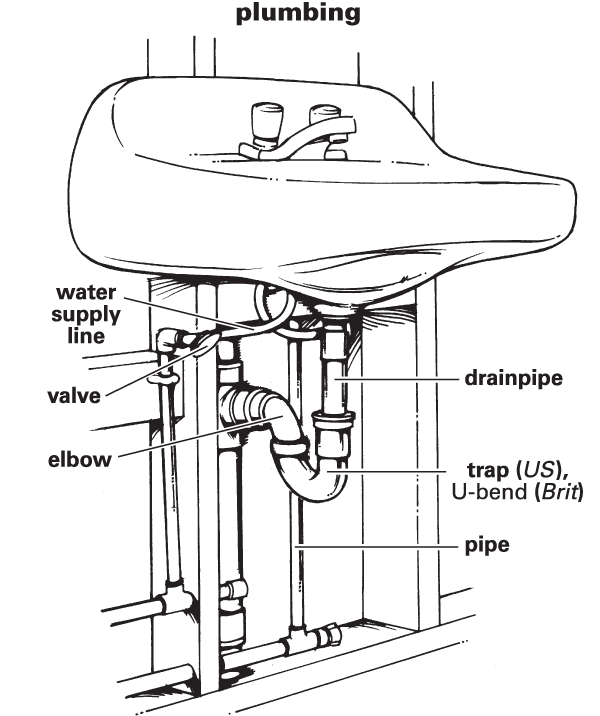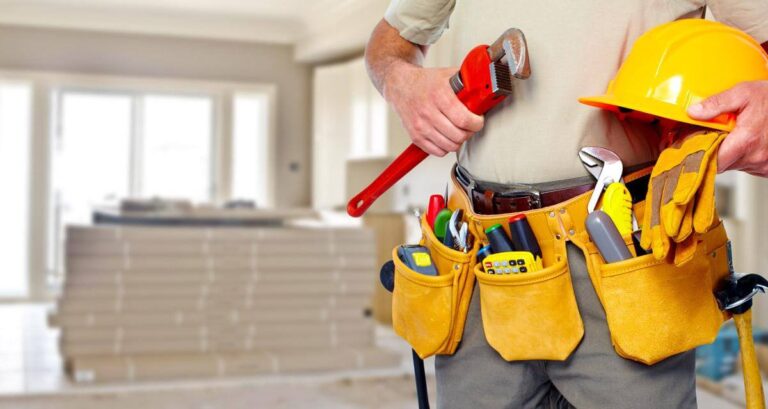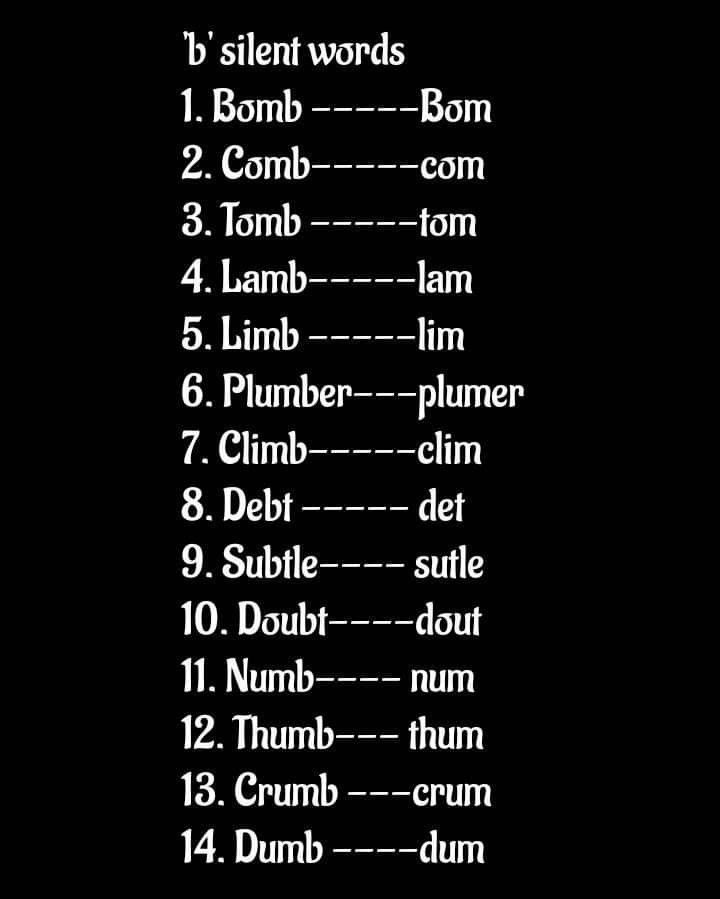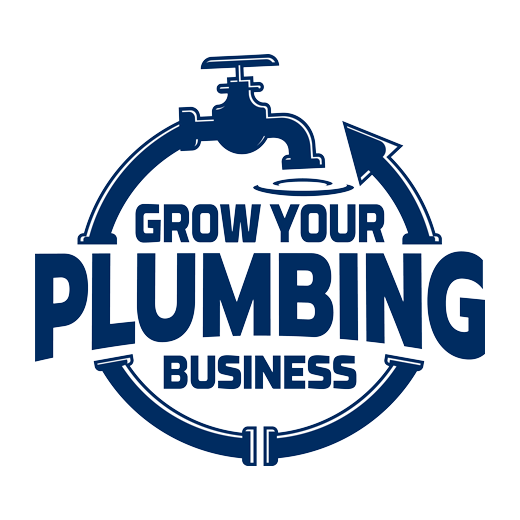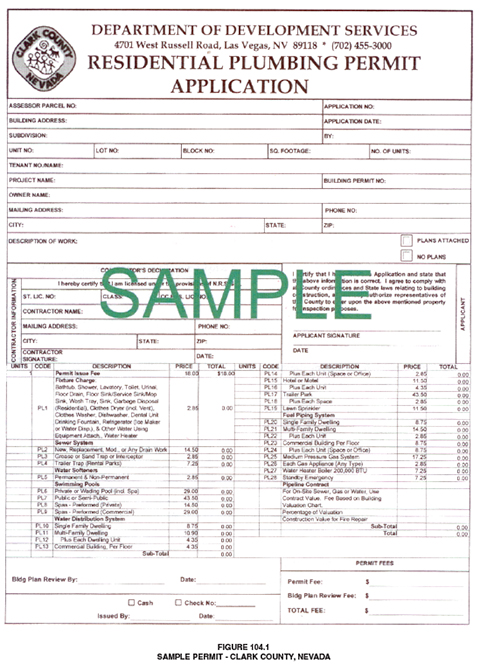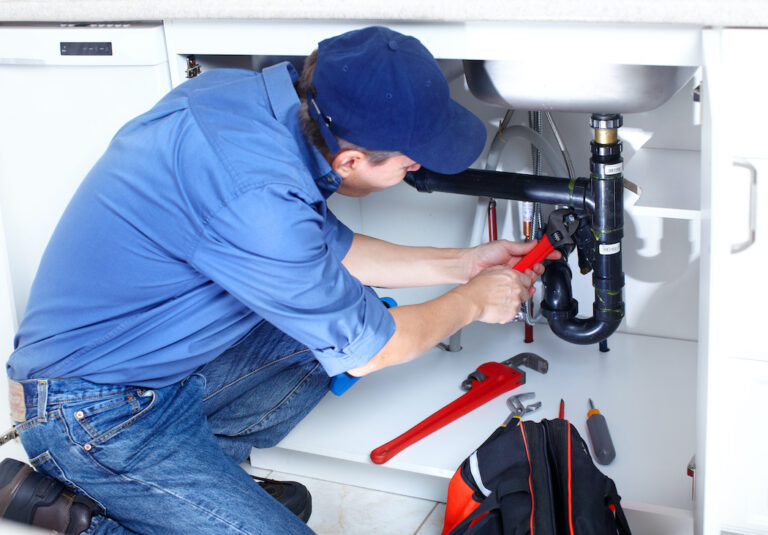What Is Plumbing And Example?
Plumbing is the system of pipes, drains, fittings, and fixtures that are used to provide water and gas to buildings and to remove waste. Plumbers install, repair, and maintain these systems in both residential and commercial buildings. Examples of plumbing tasks include installing a new sink, replacing a broken water heater, or repairing a leaky faucet.
Definition of Plumbing
Plumbing is the science and technology of installing and maintaining systems for the safe and efficient distribution of water, gas and other liquids for domestic, commercial and industrial purposes. It also includes the installation of pipes, fixtures, fittings and appliances to regulate the flow of these liquids. Plumbing systems involve a complex network of pipes, valves, fittings, appliances, fixtures, and other components to ensure the safe and efficient distribution of water and other liquids. Plumbing is a critical service for any building and it is important to hire a qualified and experienced plumber to ensure that your plumbing system is working properly. With the right plumbing services, you can protect your family and property from water damage and other plumbing-related issues.
History of Plumbing
The history of plumbing is a fascinating story. From ancient civilizations to modern-day plumbing systems, plumbing has been an important part of our lives for thousands of years. Plumbing began as a simple system of stone channels and water tanks for the storage and distribution of water in ancient civilizations such as the Romans and Greeks. Over the centuries, plumbing has evolved to become a more sophisticated and efficient process. From the development of lead pipes and sewers to the invention of the flush toilet and the introduction of running water, plumbing has been instrumental in the advancement of civilization. Today, plumbing systems are a vital part of homes and businesses, providing a reliable source of fresh water and ensuring proper sanitation. So, from ancient times to the present day, plumbing has been an integral part of our lives and will continue to be so for many years to come.
Components of Plumbing Systems
Plumbing systems are essential to the function of a home or business. They are composed of a network of pipes, valves, tanks, fixtures, and other components that transport water and other materials used in sanitation, hygiene, and other activities. Plumbing systems are responsible for the delivery of clean, safe water and the removal of waste materials. A well-maintained system is essential for the health of the occupants of a building, as well as the environment. Understanding the components of a plumbing system, including how they work together, is essential for proper maintenance and installation. Common components of plumbing systems include pipes, valves, tanks, fixtures, and other accessories. Pipes are the foundation of the system and are responsible for transporting water from one point to another. Valves control the flow of water and can be used to regulate pressure and temperature. Tanks store water and other materials, while fixtures like faucets and showerheads provide access to water. Accessories like pipes, fittings, and valves are also used to complete the system. Plumbing systems are complex networks, but understanding the components and how they work together helps ensure that your system remains functional and safe.
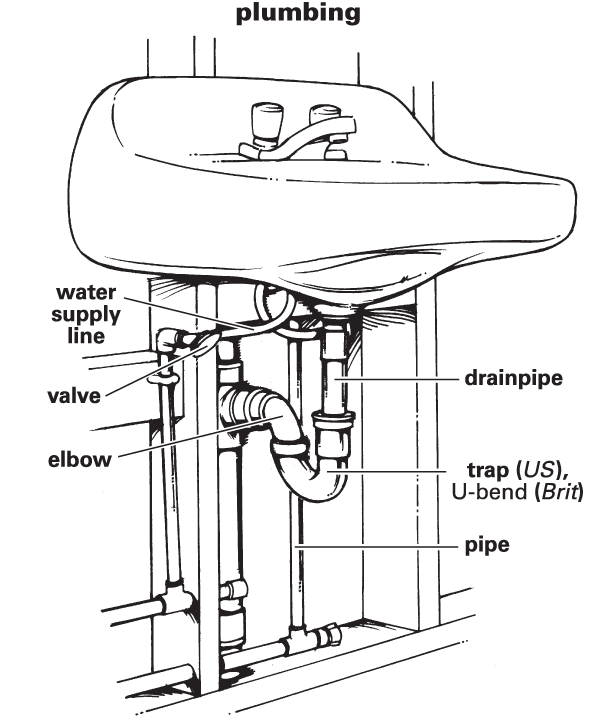
Types of Plumbing Systems
Plumbing systems come in many shapes and sizes, and while some are more complex than others, they all play an important role in our everyday lives. A plumbing system is responsible for providing clean water, waste removal, and gas supply. There are three main types of plumbing systems: traditional, tankless, and high-efficiency systems. Traditional plumbing systems make use of tanks to store water, while tankless systems provide hot water on demand. High-efficiency systems are designed to conserve water and energy, making them a great choice for those looking to save money and reduce their carbon footprint. Whatever type of plumbing system you choose, it’s important to make sure it is installed correctly and maintained regularly.
Plumbing Maintenance and Best Practices
Plumbing maintenance is an important part of home ownership and keeping your home running efficiently. To make sure your plumbing system works as it should, it is important to follow some best practices. This includes regular inspections, cleaning and testing of all pipes and fixtures, and being vigilant about any clogs, leaks, or other plumbing issues. Additionally, it is important to stay up to date on the latest plumbing technology and best practices to ensure the longevity of your plumbing system. Taking the time to properly maintain your plumbing can save you money and headaches in the long run.
Common Plumbing Issues and Solutions
It’s inevitable that you’ll eventually come across plumbing issues when you own a home – from clogged drains to leaking pipes. But while it can be daunting to face these problems, the good news is that many of these issues can be easily solved without calling a professional. This blog will provide you with simple and effective solutions to the most common plumbing issues, so you can keep your home running smoothly and efficiently. From toilet repairs to leaky faucets, we’ll make sure you’re never stuck with a plumbing problem again!
FAQs About the What Is Plumbing And Example?
Q1: What is plumbing?
A1: Plumbing is the system of fixtures, pipes, and drains installed in a building for the distribution of water and the removal of waste.
Q2: What are some examples of plumbing?
A2: Examples of plumbing include fixtures such as water closets, sinks, showers, bathtubs, and toilets. Other examples include piping, valves, and fittings used to connect pipes and fixtures, such as water supply lines, drain pipes, and waste pipes.
Q3: What are the benefits of plumbing?
A3: Plumbing provides a safe and efficient way to bring clean water into a building and to remove waste water and other materials. It also prevents water-borne illnesses and other diseases, as well as providing an efficient way to distribute water throughout the building.
Conclusion
In conclusion, plumbing is a profession that involves installing, maintaining, and repairing pipes and other fixtures used for water, gas, and other fluids in residential and commercial buildings. Examples of plumbing include installing and maintaining water heaters, fixing water leaks, and connecting washers and dryers. Plumbers need to be knowledgeable in many areas, such as chemistry, physics, and mathematics, in order to effectively perform their job.

